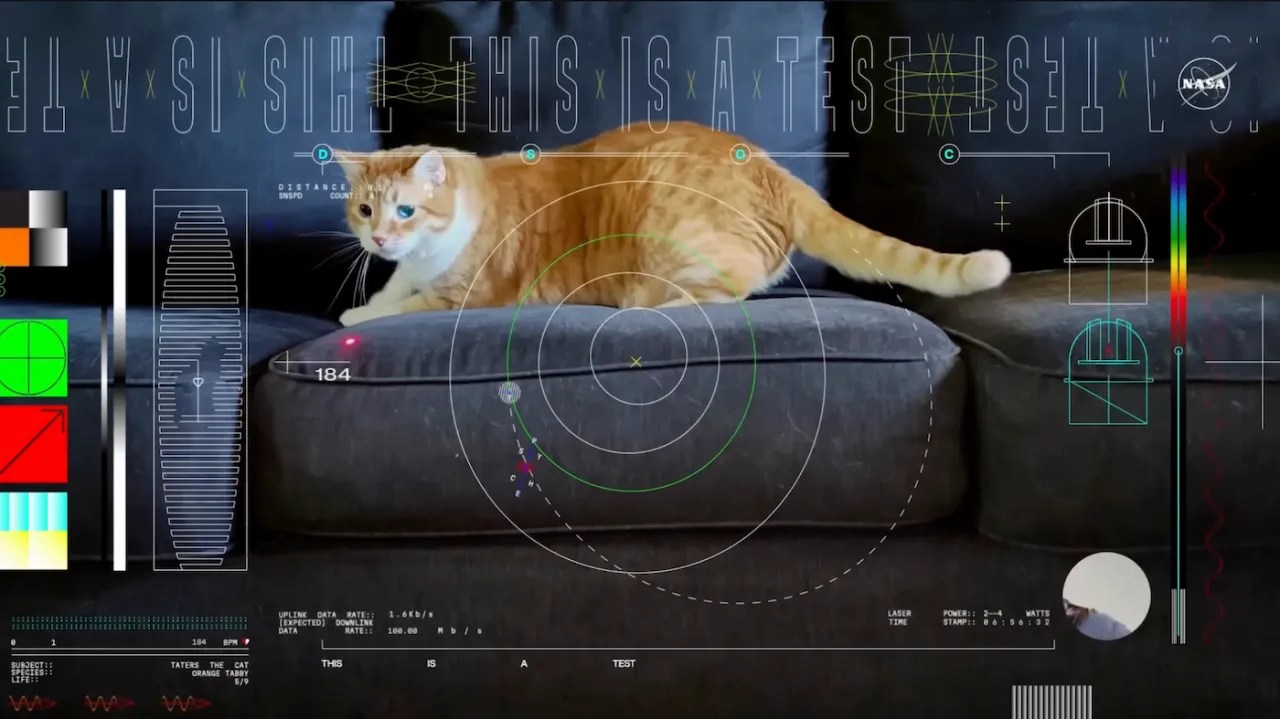How bats avoid crashing into one another
Collisions are rare, even when bats fly with thousands of others. The post How bats avoid crashing into one another appeared first on Popular Science.

When a colony of bats leaves their cave and takes to the skies at night to hunt, they often do so in such big groups that they almost look like one giant blob. How these winged mammals can achieve such tight densities–sometimes numbering in the hundreds of thousands of bats–yet do not crash into one another has puzzled scientists for decades.
Now, researchers believe they’ve figured out how bats can still hear amidst the din similar to a noisy cocktail party. They appear to change the way they echolocate in order to get a better idea of where exactly the bats closest to them are located. The findings are detailed in a study published March 31 in the journal Proceedings of the National Academy of Sciences.
The bat ‘cocktail party’
Like dolphins, toothed whales, and some birds, many bat species use echolocation to perceive the world around them. They send out a call and listen for the reflected echo. This echo allows them to “see” what is in front of them.
However, if many bats are echolocating at once—like when an entire colony comes out of a cave in only a few minutes—the noise from others should cover up the critical echoic information that bats need to get around. This loss of acoustic information is referred to as “jamming.” Bats should collide because of the jamming, but aerial accidents outside of caves are actually quite rare.
“You’re almost excited when you witness one,” Aya Goldshtein, a study co-author and a postdoctoral scholar in animal behavior at the Max Planck Institute of Animal Behavior in Germany, said in a statement.

Scientists have deployed several techniques in the lab to try and figure out how bats can hear around all of this ambient chatter–like the noise inside of a crowded restaurant. They’ve studied how bats echolocate in groups, by seeing how the bats ecolocated at a slightly different frequency. In theory, this should reduce jamming, but the results from previous studies did not provide a strong enough answer as to how or why.
“No one had looked at this situation from the point of view of an individual bat during emergence. How can we understand a behavior if we don’t study it in action?” Yossi Yovel, a study co-author and neuroecologist from Tel-Aviv University in Israel, said in a statement.
To the cave
For this study, the team studied Greater mouse-tailed bats (Rhinopoma microphyllum) living in Israel’s Hula Valley and collected data directly from wild bats emerging from a cave at dusk over two years. They tagged several bats in this colony with lightweight trackers that recorded their location every second. Some of the tags were also equipped with ultrasonic microphones that recorded the soundscape from a bat’s point of view. To study this behavior, they used a new combination of high-resolution tracking, ultrasonic reporting, and sensorimotor computer modeling to observe how the bats’ sense as they squeezed out of the cave opening.

However, the tagged bats were released outside the cave and into the emerging colony. meaning that that data taken from the cave opening when the density is highest was missing. To fill this gap, the team used a computational model developed by study co-author Omer Mazar, which simulated emergence. This model used data collected by the trackers and microphones to recreate the full behavioral sequence beginning with the entrance of the cave and wrapping up after the bats had flown 1.2 miles (two kilometers) through the valley.
“The simulation allows us to verify our assumptions of how bats solve this complex task during emergence,” Mazar, a Ph.D student at Tel-Aviv University, said in a statement.
A bat’s POV
The data revealed that when exiting the cave, the bats experience a cacophony of calls. Ninety-four percent of echolocations are jammed, yet the bats significantly reduced the echolocation jamming within five seconds of leaving the cave. The bats were also observed making two important behavioral changes. First, they fanned out from the dense colony core while keeping the group structure. Next, they sent out shorter and weaker calls at higher frequency.
Initially, the team suspected that the bats would reduce the jamming by quickly dispersing from the cave. Instead, they appear to change their echolocation to a higher frequency, even though in theory that should only increase the jamming and collision risk. To understand why, the team had to approach this whole scene from a bat’s point of view.
[ Related: What bats and metal vocalists have in common. ]
“Imagine you’re a bat flying through a cluttered space. The most important object you need to know about is the bat directly in front. So you should echolocate in such a way that gives you the most detailed information about only that bat,” explained Mazar. “Sure, you might miss most of the information available because of jamming, but it doesn’t matter because you only need enough detail to avoid crashing into that bat.”
It appears that the bats change the way they echolocate in order to gain detailed information about their neighbors nearby. This strategy ultimately appears to help them successfully maneuver and avoid bumping into one another.
According to the team, this unexpected result for how bats solve this noisy dilemma was made possible by studying bats in their natural environment.
“Theoretical and lab studies of the past have allowed us to imagine the possibilities,” said Goldshtein. “But only by putting ourselves, as close as possible, into the shoes of an animal will we ever be able to understand the challenges they face and what they do to solve them.”
The post How bats avoid crashing into one another appeared first on Popular Science.


















































































































.jpg?#)
































